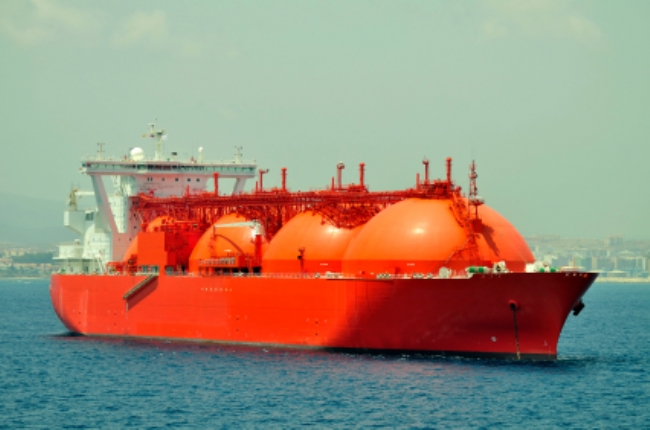Changing Course
Share this blog
Latest Maritime Vacancies
Business Development – Shipmanagement – Dubai
Office Manager – London
Shipping Paralegal – London
Shipping Manager – Singapore
Office Administrator – London
It's a gas, gas, gas

You can't open a newspaper at the moment without reading about the controversial extraction of shale gas through fracking.
In our industry we know that gas is big news, and global demand is over 3,000 billion cubic metres (source: International Energy Agency). But how much do we actually know about the oil and gas on which a large portion of the shipping industry depends?
We discovered a great blog thanks to the Carbon Brief, where it showed a breakdown of the different gases and gave an overview of how our energy is collated.
Natural gas: a mixture of compounds comprising methane, ethane, propane, butane, carbon dioxide, oxygen, nitrogen, hydrogen sulphide and rare gases. Not only that, but natural gas releases half the carbon emissions of coal.
Shale gas: existing in shale rock (35% of the world's rock), this type of gas is extracted using hydraulic fracturing or 'fracking' (which of course, you know all about).
Shale oil: this new source of oil is yet to be tapped – literally and metaphorically – but expect this to be news too in the fracking debate.
Liquefied natural gas (LNG): a big hitter in the shipping world, LNG is required to transport gas around the world. Natural gas is cooled to -160C to make a colourless liquid, easy to transport in tankers. Qatar is the world's biggest exporter of LNG.
The blog also covers what methane is, along with coal bed methane and underground coal gasification (that catchy name).
Interesting stuff to ponder – and something we rarely give a thought to when firing up our gas oven, or switching on the heating come autumn – especially given how important gas and oil are for the shipping industry.